Với việc chăm sóc sức khỏe và các chi phí khác tăng vọt ở Hoa Kỳ, nhiều người sắp nghỉ hưu đang cân nhắc điều mà trước đây có thể không tưởng:tiết kiệm tiền hưu trí và chuyển ra nước ngoài cho những năm cuối cấp.
Nhiều quốc gia trên khắp Trung và Nam Mỹ, Châu Âu và Châu Á không chỉ tự hào về chi phí sinh hoạt thấp hơn và khí hậu tuyệt vời mà còn có các tiện nghi hiện đại và dịch vụ chăm sóc y tế tiên tiến.
Chúng tôi đã xem xét các tư vấn du lịch và thông tin mới nhất về chi phí sinh hoạt, yêu cầu thị thực và các yếu tố khác để tìm những nơi tốt nhất năm 2019 cho một kỳ nghỉ hưu an toàn và hợp lý ở nước ngoài.
Cùng theo dõi khi chúng tôi đếm ngược các lựa chọn hàng đầu của mình:15 quốc gia trên toàn cầu nơi những người về hưu có thể dễ dàng kiếm được khoản tiết kiệm 200.000 đô la - hoặc ít hơn.
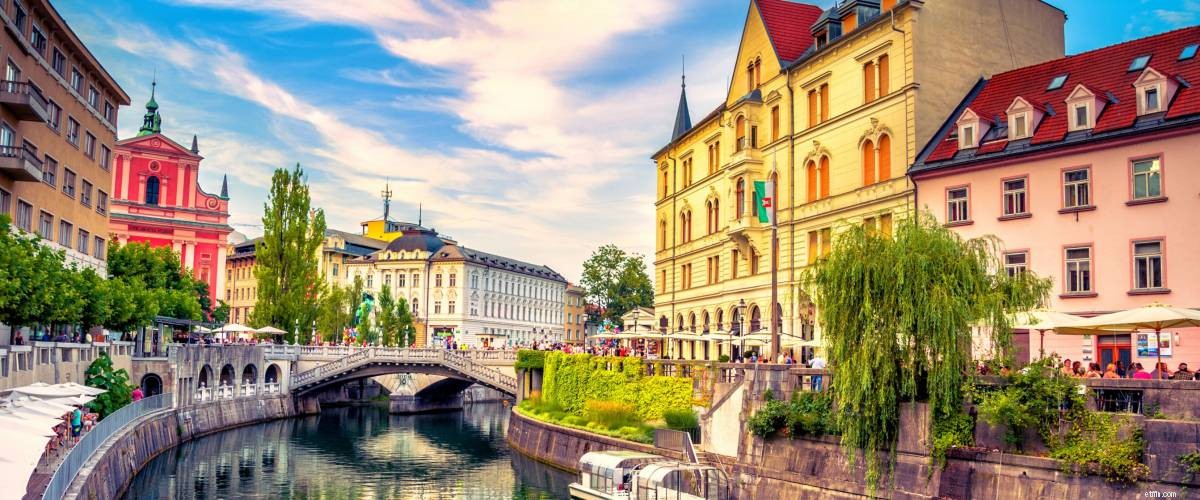
Slovenia là một viên ngọc quý của một điểm đến nghỉ hưu ở Trung Âu. Nó có chung biên giới phía đông của Ý và có vị trí hoàn hảo như một cơ sở cho các chuyến du lịch Châu Âu.
Bên cạnh các lâu đài và nhà thờ thời Trung cổ nép mình vào các vách đá núi, bạn sẽ tìm thấy các khu trượt tuyết tuyệt vời và những hồ nước đẹp - và các bãi biển của Bán đảo Istrian chỉ cách đó một quãng đi xe hơi ngắn. Khí hậu bốn mùa của Slovenia ôn hòa nhất ở các thị trấn ven biển cạnh Biển Adriatic.
Cuộc sống vừa túi tiền ở Slovenia:Một căn hộ một phòng ngủ ở thủ đô Ljubljana có giá thuê khoảng 600 đô la một tháng, theo trang web chi phí sinh hoạt Numbeo, đồng thời các nhà hàng, giải trí và cửa hàng tạp hóa cũng có giá hợp lý.
Tất cả cư dân phải trả tiền cho bảo hiểm y tế bắt buộc của tiểu bang, giúp tiếp cận với dịch vụ chăm sóc sức khỏe tốt. Việc thêm vào bảo hiểm y tế tư nhân, địa phương để có thêm các dịch vụ.
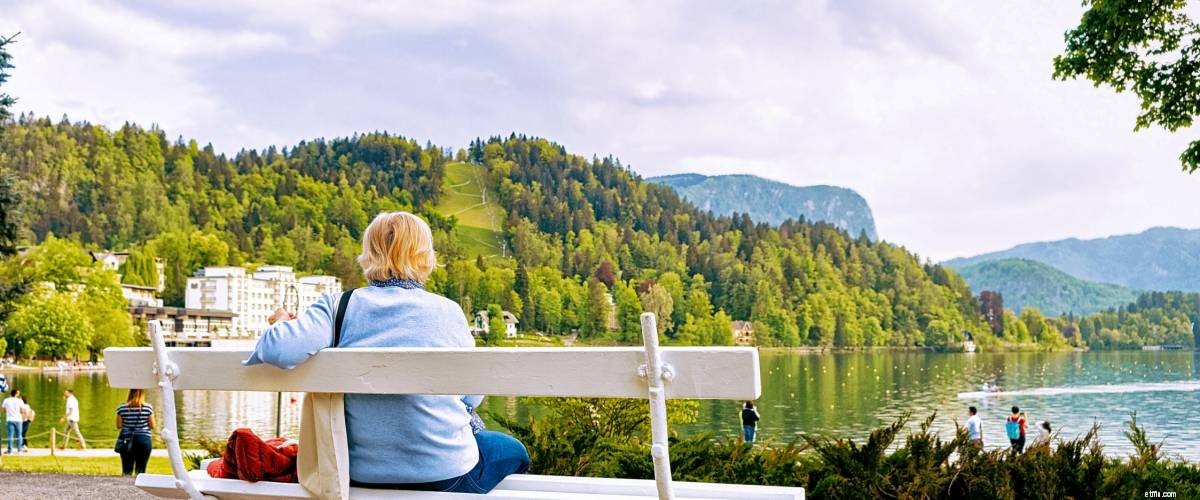
Slovenia không có thị thực hưu trí cho những người không phải là công dân của Liên minh Châu Âu, vì vậy một người về hưu ở châu Mỹ sẽ phải xin giấy phép cư trú tạm thời một năm trước khi rời Hoa Kỳ
Và, bạn sẽ cần chọn "mục đích" cho thị thực của mình. Người cao niên ở Hoa Kỳ có thể đăng ký cho mục đích học tập - chẳng hạn như tham gia các lớp học ngôn ngữ - hoặc cho mục đích trở thành một công nhân tự kinh doanh.
Bạn phải chứng minh rằng bạn có thu nhập ít nhất bằng "thu nhập tối thiểu cơ bản" ở Slovenia, dưới 450 đô la một tháng vào tháng 8 năm 2018.
Giấy phép tạm thời phải được gia hạn hàng năm. Sau năm năm ở Slovenia với thị thực này, bạn có thể đăng ký thường trú nhân.
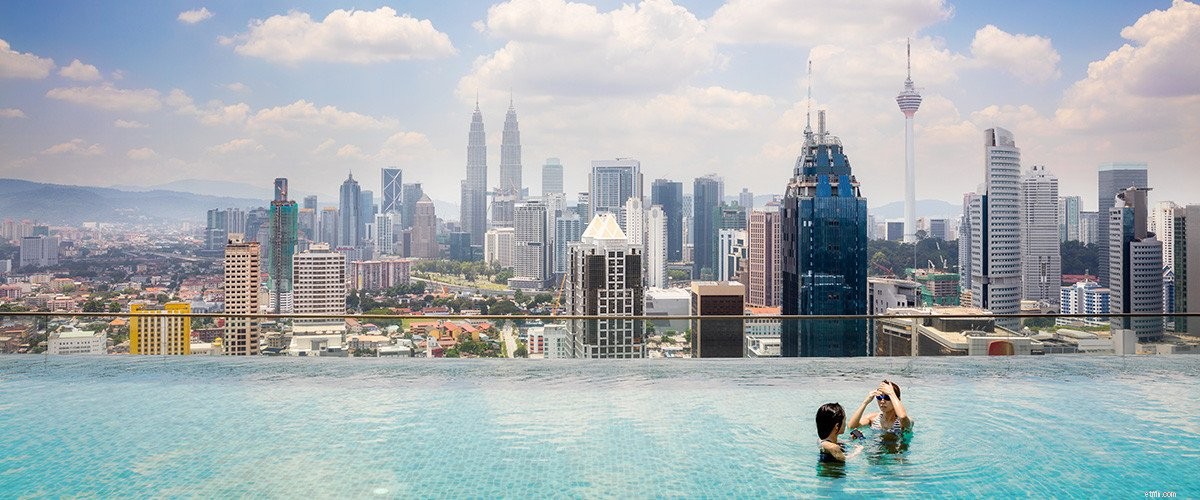
Malaysia mang đến cho người nghỉ hưu sự ấm áp và văn hóa với một mức giá tuyệt vời. Kuala Lumpur, thủ đô, có chi phí sinh hoạt thấp và nhiều hoạt động miễn phí, như tản bộ qua Vườn bách thảo Perdana và chiêm ngưỡng quang cảnh của Tháp đôi Petronas cao vút.
Nhiệt độ dao động từ 77 độ F đến 95 độ ẩm quanh năm. Lưu ý rằng có có một mùa gió mùa từ tháng 10 đến tháng 3.
Một bữa ăn địa phương rẻ tiền có giá 3 đô la ở Kuala Lumpur, trong khi bữa tối ba món cho hai người chỉ có giá 18 đô la. Numbeo cho biết giá thuê trung bình cho một căn hộ một phòng ngủ ở trung tâm thành phố là dưới 600 đô la mỗi tháng.
Trung tâm văn hóa của Penang thậm chí còn rẻ hơn:Giá thuê một phòng ngủ ở đó chỉ khoảng 230 đô la một tháng.

Đối với những người nghỉ hưu trên 50 tuổi, đơn đăng ký tham gia chương trình "Ngôi nhà thứ hai của tôi" (MM2H) của Malaysia yêu cầu bằng chứng về tài sản lưu động ở nước ngoài khoảng 86.150 đô la và thu nhập hàng tháng là 2.500 đô la.
Sau khi được chấp thuận, bạn sẽ cần mở tài khoản "tiền gửi cố định" ở Malaysia và giữ 37.000 đô la trong đó trong một năm. Sau đó, chính phủ sẽ yêu cầu bạn duy trì số dư tối thiểu là 24.600 đô la trong thời gian bạn ở lại.
Mặc dù Malaysia nhìn chung rất an toàn, nhưng bạn nên đầu tư vào an ninh gia đình, tránh mang đồ đạc có giá trị đến các khu du lịch và tránh xa khu vực phía đông Sabah.
Quốc gia này cung cấp dịch vụ chăm sóc sức khỏe đẳng cấp thế giới và các phòng khám tư nhân hiệu quả với mức giá thấp, và tiếng Anh được sử dụng rộng rãi ở các thành phố lớn.
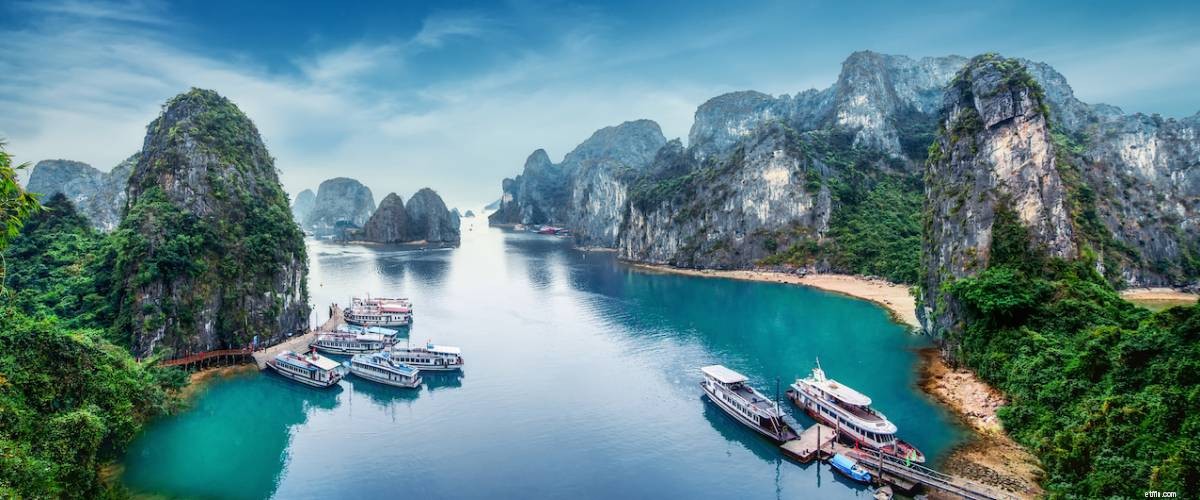
Với nền văn hóa và lịch sử phong phú, cảnh quan thiên nhiên tuyệt đẹp và chi phí sinh hoạt phải chăng, Việt Nam là một điểm đến hưu trí thực sự đặc biệt.
Hai người có thể sống với khoảng 1.500 đô la một tháng ở các thành phố lớn - và nếu bạn đến các thị trấn biển Nha Trang hoặc Đà Nẵng, bạn có thể sống hạnh phúc với mức dưới 1.000 đô la mỗi tháng.
Nha Trang là nơi tập trung nhiều người nước ngoài và nhà hàng phương Tây, trong khi Đà Nẵng là một thành phố hiện đại với bãi biển và khí hậu ôn hòa. Giá thuê một phòng ngủ ở một trong hai thành phố dưới 400 đô la một tháng.
Với mức giá đó, bạn sẽ còn dư nhiều tiền để khám phá những bờ biển đầy nắng của Việt Nam, các chùa Phật giáo và các di tích thuộc địa của Pháp - và thưởng thức các món ăn đường phố ngon miệng và ẩm thực độc đáo, pha trộn giữa hương vị Pháp, Campuchia và Trung Quốc.
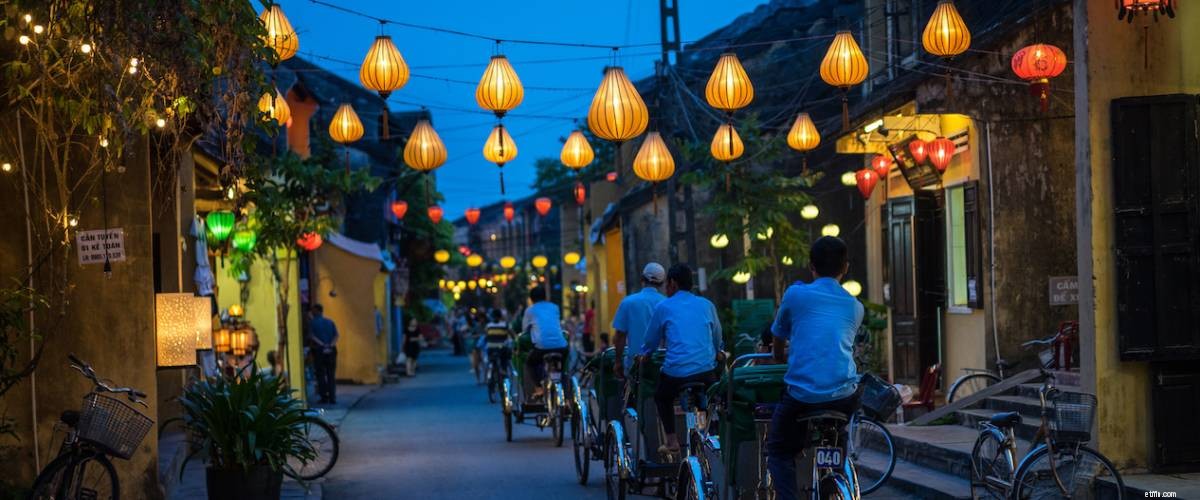
Nếu bạn chưa kết hôn với một công dân hoặc có gia đình ở Việt Nam, bạn sẽ cần phải xin thị thực để ở lại nước này lâu dài.
Việt Nam không có chương trình hưu trí chuyên biệt. Thay vào đó, bạn có thể nộp đơn xin thị thực nhập cảnh nhiều lần một năm, thị thực này yêu cầu bạn phải rời khỏi đất nước 90 ngày một lần.
Mặc dù Việt Nam cung cấp dịch vụ chăm sóc sức khỏe đầy đủ hoàn hảo, bạn có thể phải bay sang Thái Lan hoặc Singapore vì tình trạng sức khỏe nghiêm trọng.
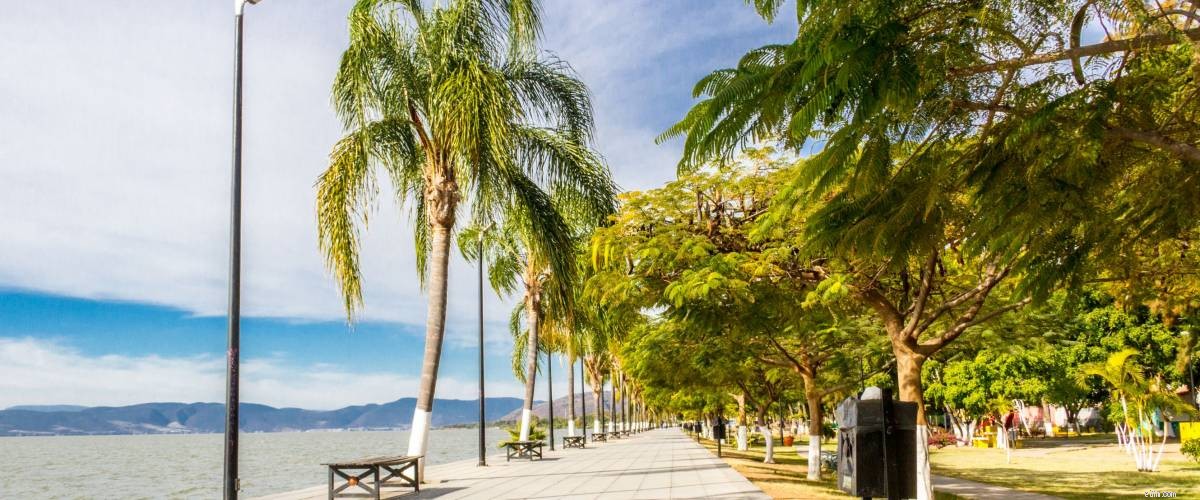
Với những bãi biển đầy cát và các thành phố thuộc địa xinh đẹp, bán đảo Yucatan của Mexico - bao gồm cả điểm nóng du lịch Cancun - được coi là một trong những khu vực an toàn nhất cho những người nghỉ hưu quốc tế.
Nếu cuộc sống ở thị trấn nhỏ hấp dẫn hơn cuộc sống ở thành phố, bạn có thể định cư ở Ajijic ở miền tây Mexico, nơi có tầm nhìn tuyệt đẹp ra hồ và núi cũng như dễ dàng đi đến Sân bay Guadalajara.
Bạn có thể thuê một căn hộ một phòng ngủ với giá dưới 400 đô la một tháng gần Ajijic, và một vài đô la một tuần sẽ mua được những túi cá và sản phẩm tươi sống của địa phương. Bạn có thể dễ dàng có đủ khả năng để đi du lịch và trải nghiệm sự phong phú về văn hóa của các vùng đa dạng của Mexico.
Bảo hiểm y tế tư nhân của Mexico trở nên đắt hơn khi bạn lớn lên, vì vậy nhiều người về hưu vẫn tiếp tục các kế hoạch bảo hiểm y tế từ quốc gia của họ. Một cuộc hẹn với bác sĩ chuyên khoa ở Mexico có giá từ 25 đô la đến 30 đô la tiền túi, trong khi một chuyến khám bác sĩ bên ngoài các thành phố chỉ tốn từ 10 đến 15 đô la.
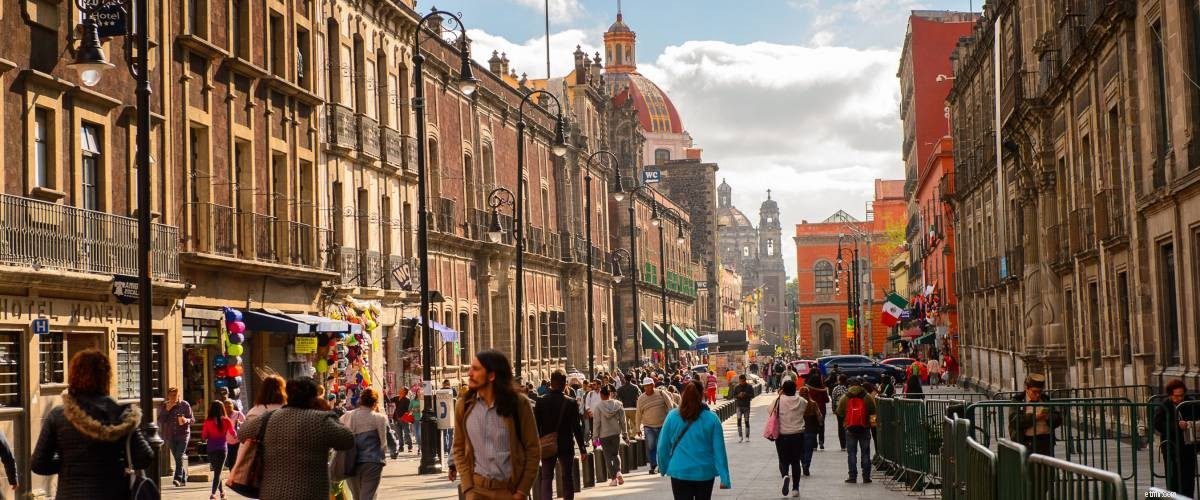
Để nghỉ hưu ở Mexico, một lựa chọn là nộp đơn xin thị thực tạm trú tại lãnh sự quán Mexico ở Hoa Kỳ. Thị thực này cho phép cư trú một năm và có thể được gia hạn thêm ba năm.
Kể từ tháng 1 năm 2019, những người về hưu tìm kiếm thị thực này phải có số dư tiết kiệm là $ 27,000 hoặc bằng chứng về thu nhập từ lương hưu nước ngoài hoặc các khoản đầu tư $ 1.620 mỗi tháng trong vòng sáu tháng.
Ngoài ra, bạn có thể nộp đơn xin thường trú nhân ngay lập tức. Bạn cần chứng minh rằng bạn có thu nhập hàng tháng là $ 2,700 hoặc tiết kiệm khoảng 108.000 đô la trong 12 tháng qua.
Các cặp vợ chồng đã kết hôn nên thêm $ 540 khác vào yêu cầu thu nhập hàng tháng đối với cả hai loại thị thực.

17.000 hòn đảo của Indonesia được bao phủ bởi những thành phố sôi động, những ngôi đền và cung điện xinh đẹp, những khu rừng nhiệt đới và những bãi biển phóng túng. Bạn có thể thư giãn dưới ánh nắng mặt trời hoặc đi săn để khám phá hàng loạt động vật hoang dã ngoạn mục của đất nước - và tất cả đều ở mức giá thấp nhất.
Một căn hộ một phòng ngủ có giá thuê dưới 400 đô la một tháng ở thủ đô Jakarta hoặc chỉ khoảng 250 đô la ở Bali. Một căn hộ lớn hơn, được trang bị nội thất trên bãi biển có thể đắt gấp ba lần.
Trong khi người dân địa phương có xu hướng chỉ nói tiếng Indonesia, nhiều doanh nghiệp và bác sĩ cũng nói tiếng Anh.
Các bệnh viện tốt nhất là ở Jakarta, và người nước ngoài phải trả tiền túi cho các dịch vụ. Một cuộc tư vấn tổng quát có giá khoảng 40 đô la và chăm sóc nội trú có thể tốn 220 đô la trở lên hàng ngày, vì vậy, bảo hiểm y tế tư nhân được khuyến nghị.
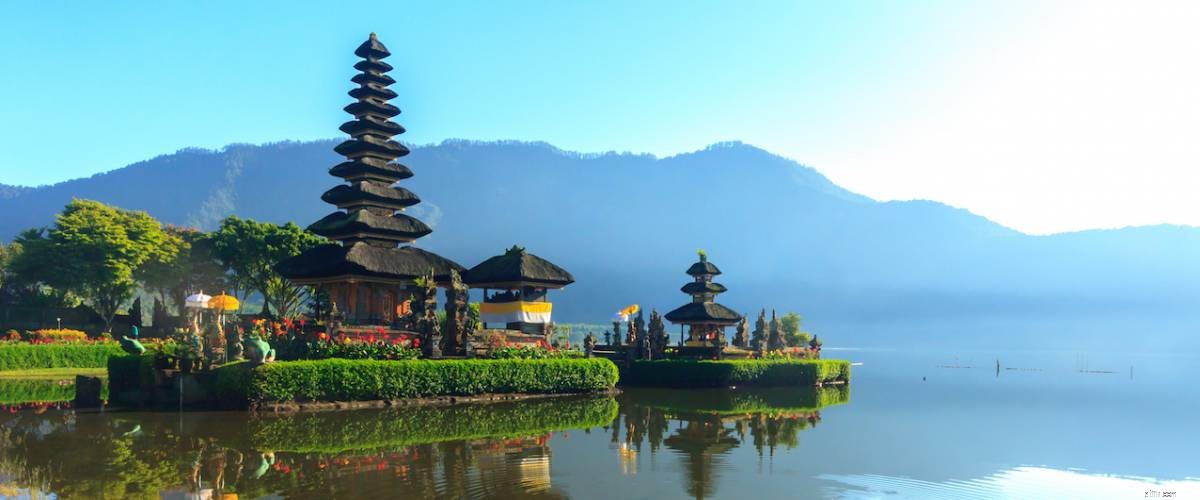
Để nghỉ hưu ở Indonesia, bạn phải nộp đơn thông qua một cơ quan địa phương do Tổng cục Di trú chỉ định. Cơ quan sẽ đóng vai trò là nhà tài trợ của bạn và xử lý thị thực nghỉ hưu tạm thời của bạn, hoặc ITAS.
Thị thực dành cho những đương đơn từ 55 tuổi trở lên, những người có thể xuất trình bằng chứng về thu nhập lương hưu là 18.000 đô la một năm hoặc 1.500 đô la mỗi tháng.
Bạn cũng sẽ cần phải mang theo bảo hiểm y tế cung cấp bảo hiểm ở Indonesia và ký hợp đồng thuê nhà trong một năm. Yêu cầu cuối cùng là thuê người giúp việc gia đình tại địa phương, chi phí khoảng 2,50 đô la một giờ.
Thị thực hưu trí có thể được gia hạn hàng năm trong tối đa 5 năm, sau đó bạn có thể đăng ký thường trú nhân.
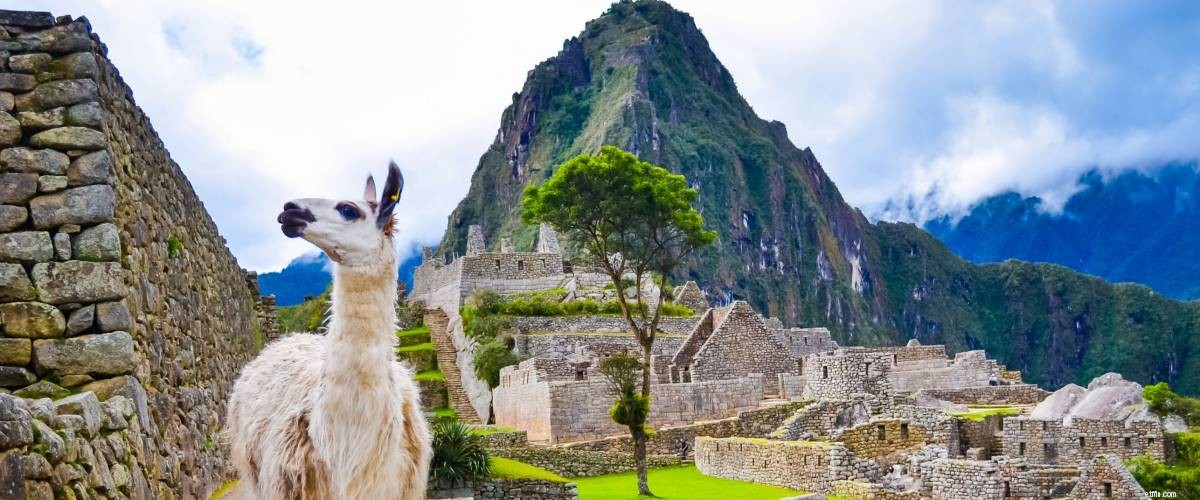
Peru was the heart of the Inca Empire, and today it's known for its beautiful section of Amazon rainforest and its majestic mountains, tropical jungles and rich culinary tradition. Its cities, including Lima and Cusco, have long and varied histories.
Thanks to its low cost of living and friendly people, Peru is a very hospitable option for international retirees.
In popular expat destinations such as Arequipa and Cusco, a one-bedroom apartment rents for less than $350 a month, and a nicer three-course meal for two costs between $10 and $12.
Peruvian public health care is affordable, but expats tend to have their own health insurance and use private clinics. The main health concern for newcomers is altitude sickness in Peru's high elevations.
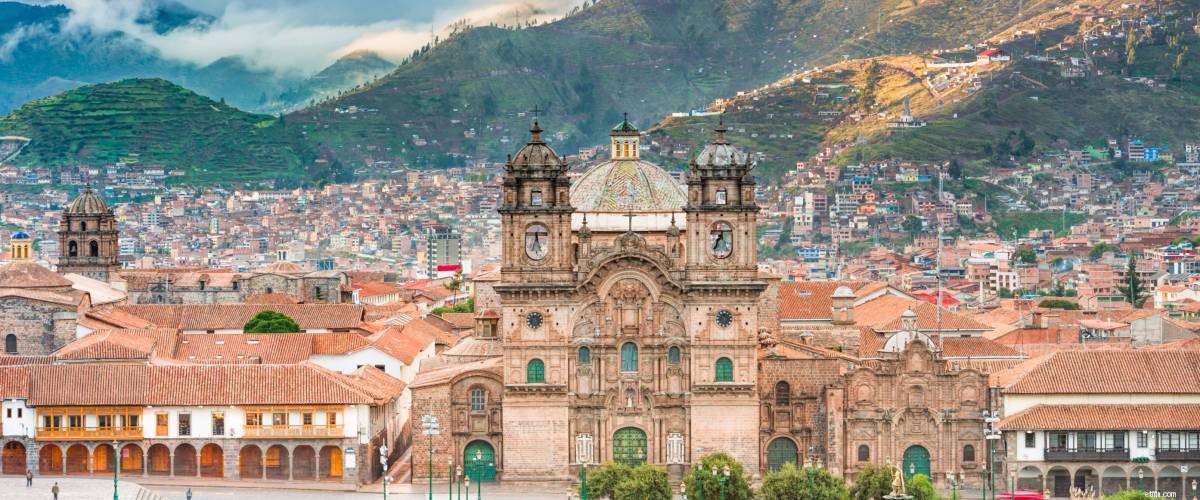
Peru has an accessible retirement visa called the rentista visa, which gives holders permanent resident status. With this visa, you won’t need to renew your residency permit or pay income tax of any kind.
To qualify, you’ll need to show that you have a permanent monthly income of $1,000 for one person, plus $500 per dependent.
To maintain the visa, you must spend a minimum six months of the year in Peru.
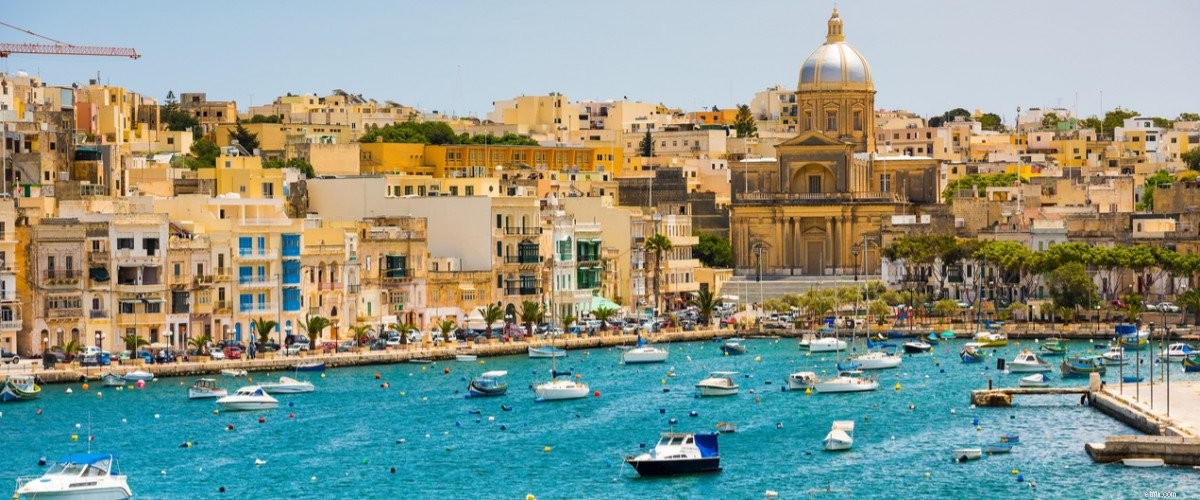
The Mediterranean islands of Malta boast year-round sunshine and a unique mix of prehistoric and colonial history and architecture.
English is the second official language after Maltese, making for an easy transition for North American retirees.
On the island of Gozo, a centrally located one-bedroom apartment rents for less than $500 monthly, on average.
Malta also offers excellent health care at a fraction of the cost in the U.S. To access the system, you’ll need private health insurance coverage, which can cost less than $115 per month for those without chronic health conditions.
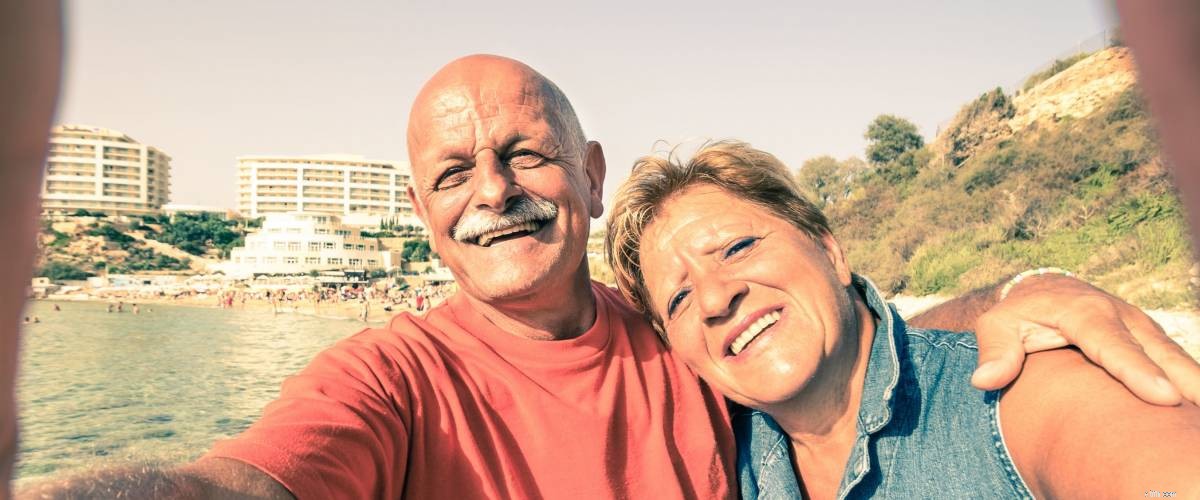
Malta offers a renewable one-year visa for retirees and self-employed seniors.
Americans and Canadians may visit Malta for 90 days. Once there, you can apply to extend your stay for another three months. And then, you may apply for a permanent resident visa.
You’ll need to show you have at least 23,500 euros (more than $26,500) in the bank, or 28,500 euros (more than $32,000) if you’re married.
You’ll also need to demonstrate proof of health insurance, a mortgage or rental contract, and a clear criminal record. Finally, you’ll file a Maltese tax return and follow the minimum tax requirements.
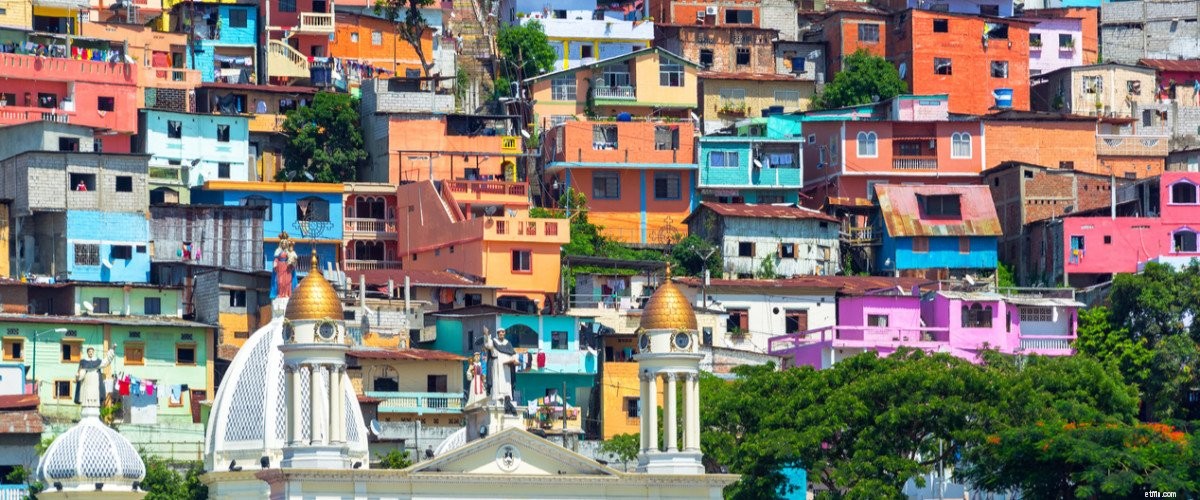
Ecuador has become very popular with North American retirees thanks to its temperate climate and stunning landscape of sandy beaches and mountains, metropolitan cities and the famous Galapagos Islands.
The U.S. dollar is used as the official currency, and seniors 65 and older qualify for half-price public and private transportation services, plus discounts on utilities, entertainment and even flights.
Ecuador also has one of the most peaceful political climates in South America, especially in communities popular with American retirees, including Quito, the capital, and the smaller town of Cuenca.
The monthly rent on a one-bedroom apartment is only about $430 in central Quito and about $360 in Cuenca, Numbeo says. Ecuador also offers high-quality private health care options.
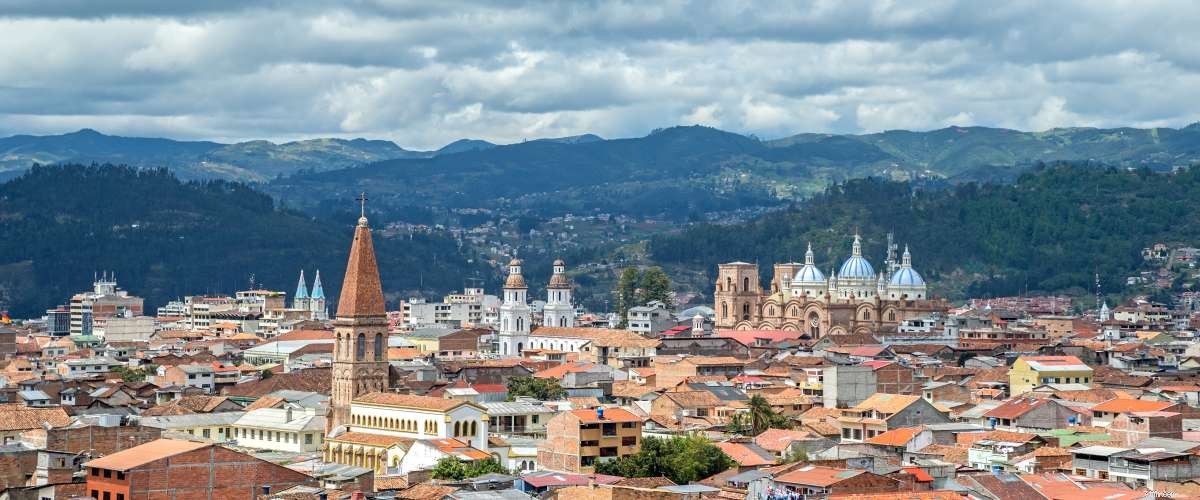
Since visitors can stay in the country for only 90 days, it’s a good idea to apply for the country’s 9-I pensioner visa at an Ecuadorian consulate in the U.S.
The visa requires proof that you will have a monthly pension income of $800 or more. Your Social Security check can qualify as proof of income.
The process costs $500 plus a $50 visa application fee. Once you’re accepted, you’ll need to sign up for public or private health insurance.
Another option to gain residency in Ecuador is to buy real estate costing $25,000 or more (plus $500 per dependent) under the 9-II visa for investors in real estate and securities.
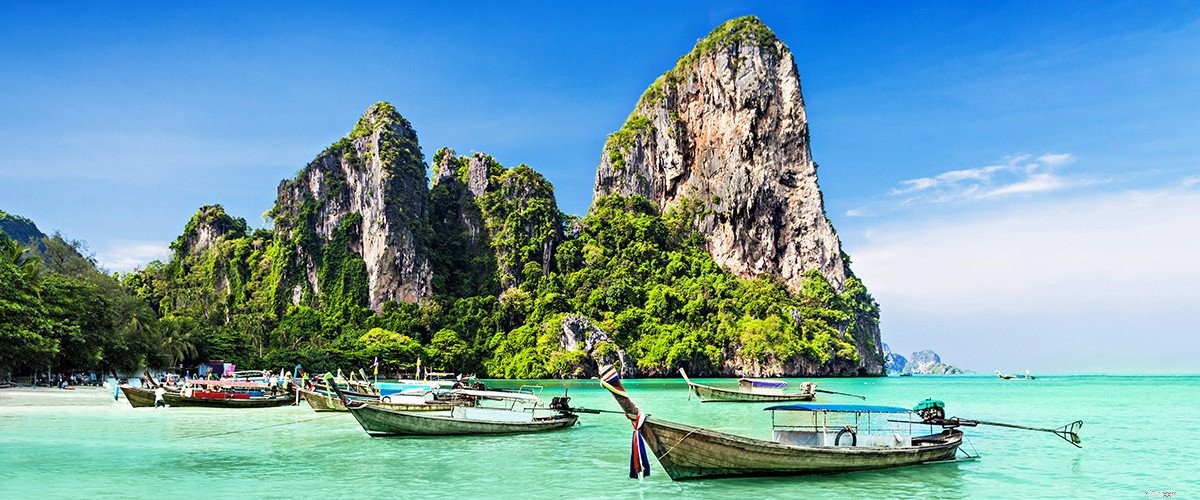
Thailand is home to spectacular beaches, beautiful palaces and ancient ruins. And Bangkok, the country's capital and commercial center, offers all the shopping, arts and other amenities you could want.
The hot season can bring 105-degree Fahrenheit heat — so the best time for outdoor activities is between November and March, when temperatures hover around 86.
You can live comfortably on $1,500 to $2,000 per month in coastal Phuket, where a one-bedroom apartment rents for less than $400 a month. In northern Chiang Mai, a full dinner for two can cost less than $10.
Thailand's health care system is considered one of the best in the world, and prices for medical care are significantly lower than in the U.S. The top private hospitals are in Bangkok.
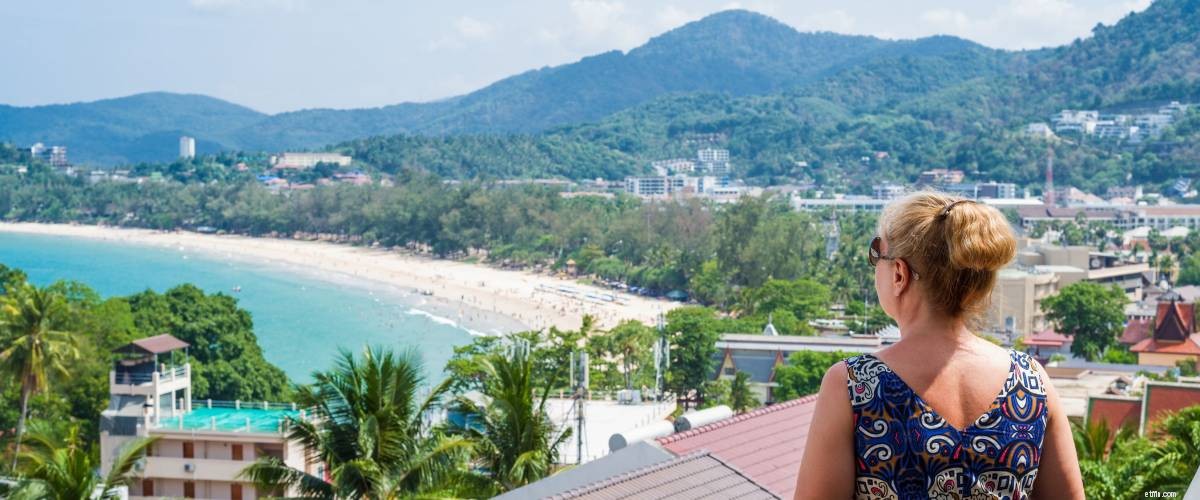
Thailand’s retirement visa accepts applicants ages 50 and over with no criminal history.
The government asks to see proof of:about $25,700, either in a bank account or as pension income; or monthly income of about $2,100. To add a spouse to your application, you’ll need to provide a marriage certificate.
You can apply for a one-year, multiple entry non-immigrant O-A visa before leaving the U.S. and renew it each year from within Thailand.
While living in the country, you’ll need to report to an immigration officer or police station every 90 days with your approved documents.
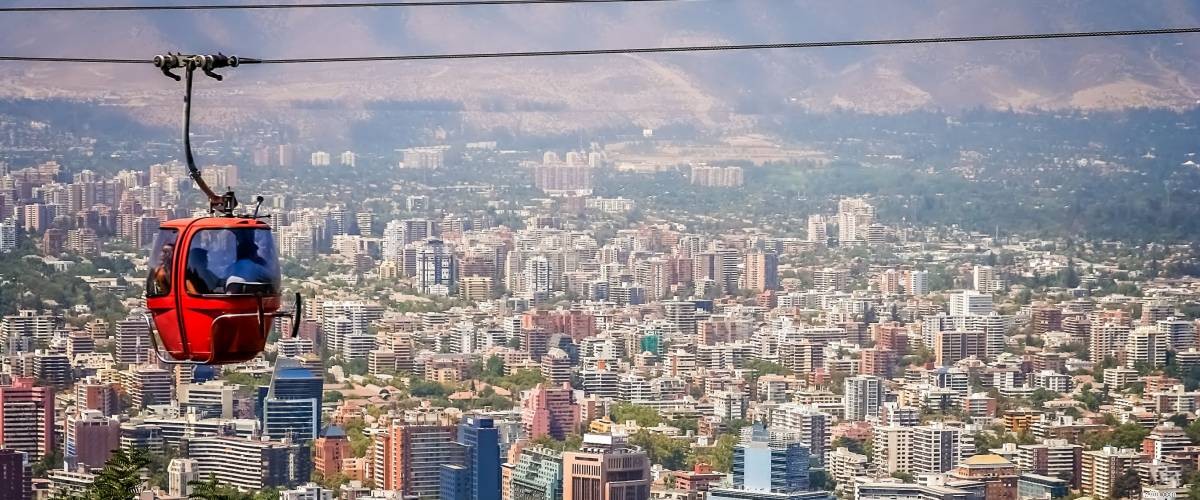
Chile’s temperate four-season climate is perfect for wine production — and for exploring the country’s miles of coastline and beautiful mountains in your retirement.
Urbanites will enjoy the diverse and modern city of Santiago, while those looking for relaxation may find the perfect spot on the shores of La Serena or amid the bohemian vibe of Valparaiso.
You could retire in Chile on about $1,500 a month, which would be easy to cover if you're receiving Social Security or a pension.
Groceries, especially fresh produce, are cheaper in Chile. A nice, three-course meal for two goes for $40 to $45, and a one-bedroom apartment rents for around $400 outside of Santiago or under $300 on the outskirts of Valparaiso, says Numbeo.
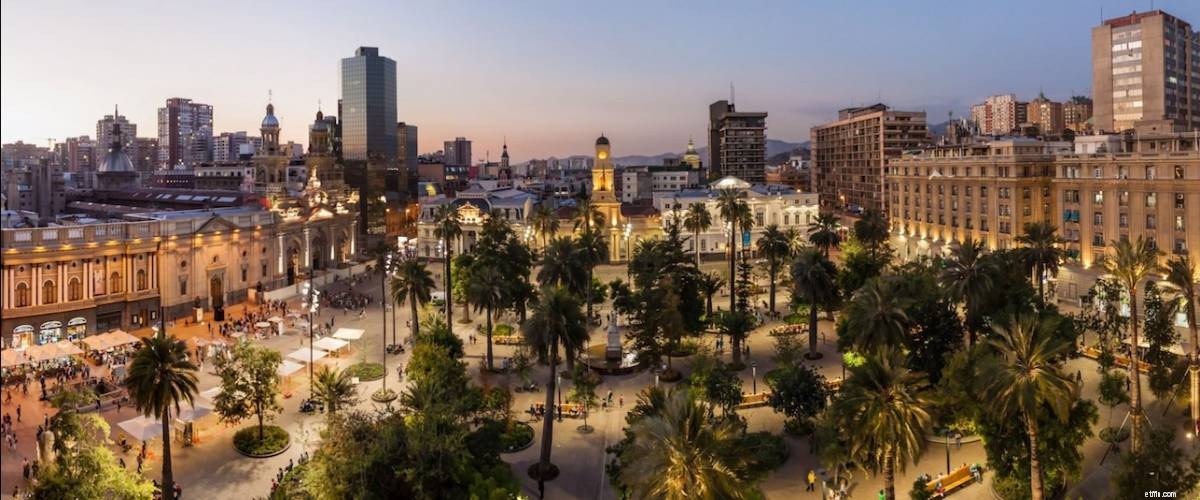
If you'd like to retire in Chile, first enter the country on a regular tourist visa, and then apply to upgrade to a retirement or income visa while you’re there.
Once you’re approved for a temporary visa, you’ll need to apply for a Rol Único Tributario (RUT) number, which is similar to a Social Security number. This ID number is necessary to open a bank account, sign up for phone and internet services, and much more.
The government doesn’t specify an income requirement, but you’ll typically need an income of at least $1,000 per person to get by for the first year or two as you settle in the country, says the Spencer Global law firm in Chile.
Permanent residency requires you to live in Chile for 180 days per year.

Given its sunny climate and the freedom of mobility within the European Union, Spain is a dream retirement destination and a convenient base for travel and adventure.
The cost of living varies among Spanish cities, with Barcelona, Bilbao and Madrid among the priciest. A more affordable option is Valencia, which has plenty of sun, culture and ancient Roman ruins — and is close to even more amazing historic sites in Córdoba and Granada.
The average rent on a one-bedroom apartment in Valencia is about $675. You’ll find comparable prices in the coastal city of Málaga, known for its pristine beaches and Moorish history, or in the city of Murcia, located in a quiet wine region.
Spain’s public health system offers high-quality health care, while affordable private care also is readily available.
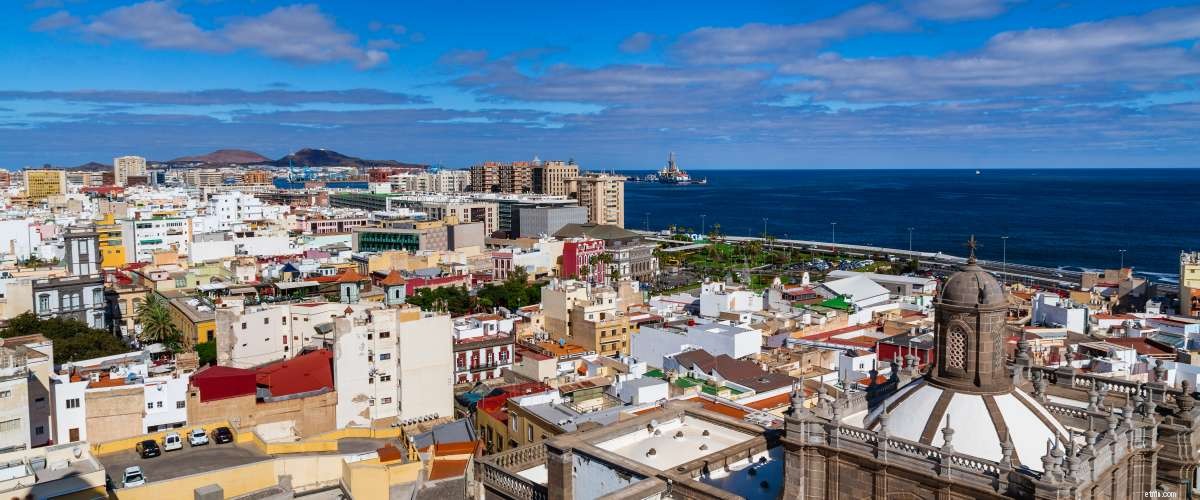
To live out your retirement in Spain, you’ll need to show proof of a minimum income of $2,500 per month or $30,000 per year. You’ll also need to secure housing and sign up for health insurance that will cover you in Spain.
From the U.S., you'll need to fill out the necessary paperwork and submit it to the nearest Spanish consulate.
It's recommended that you make several photocopies of your documentation and buy extra passport-sized photos. You'll need those once you get to Spain in order to obtain a foreign visitor number, known as the NIE.
The ID number is your ticket to getting a bank account, internet, health care and most other services in Spain.

Portugal is even more affordable than Spain, and it has all the castles, beaches, wineries and golf you could want, to fill your retirement schedule.
Public transit and train lines make it easy to travel in and between Portugal’s interesting cities. For longer distances, you can rent a car or use a ride-hailing service like Uber.
Apartment rents start at just $375 a month in smaller cities — although you could easily be charged $1,000 in Lisbon. Restaurants are very affordable, with a meal costing less than $10 per person and a mid-range bottle of wine just $5, even in Lisbon.
Most doctors in large cities speak English, and international retirees will benefit from having private insurance.
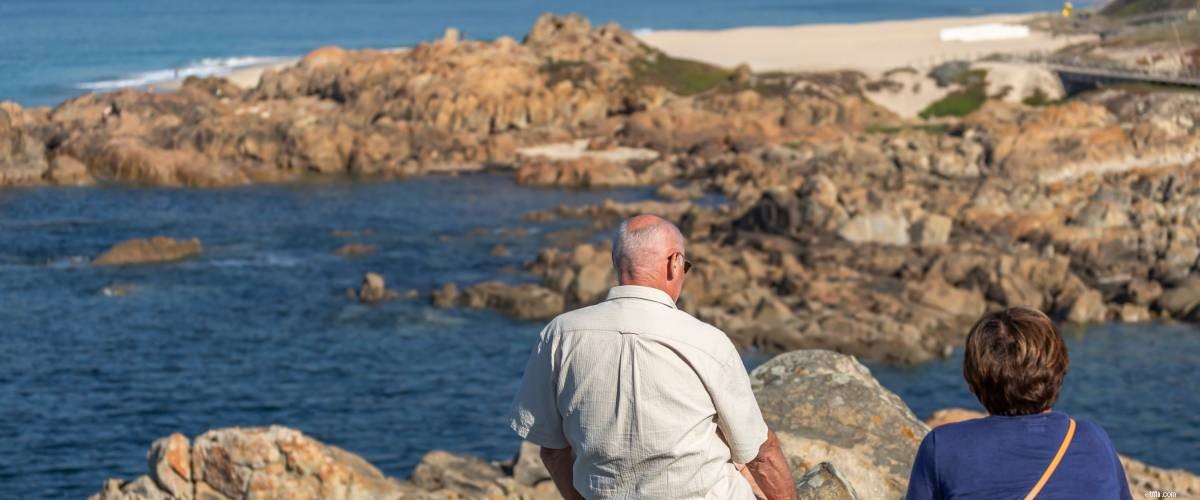
The first step to getting a residence permit is to visit a Portuguese consulate in the U.S. with your passport, proof of income and health insurance, plus the results of a criminal background check.
The next step will be to apply for permanent residency once you arrive in Portugal.
Since the cost of living varies so much between parts of Portugal, the amount of income you'll need to live comfortably will depend on your destination. But to retire on $200,000, you'll probably want to rule out Lisbon.
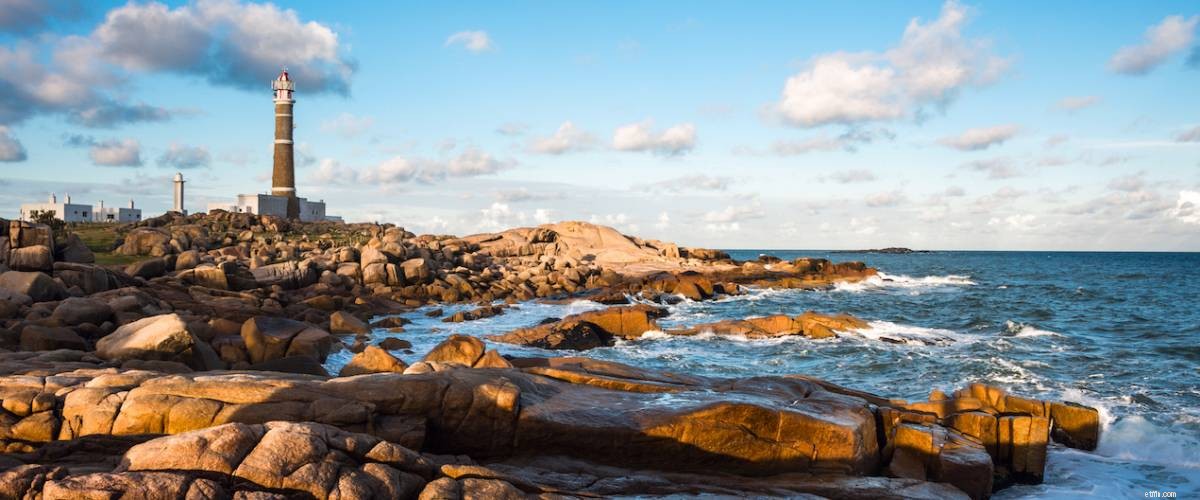
Uruguay is a politically stable haven in South America. With its modern infrastructure, lovely mountains and beaches, revelry-filled summers and quiet, temperate winters, you can enjoy your retirement at your own pace.
A couple from the U.S. could live comfortably on just $2,000 per month. For the best price-to-quality ratio, it's estimated you could live on as little as $800 a month in the city of Salto.
If you like the beach, then Atlantida, Piriapolis and La Barra are all affordable seaside towns. In La Barra, you can buy a home starting at $50,000 or rent one for $500 to $700 a month.
Uruguay offers three main health care options:private health-insurance companies; a public health care system; and private hospital membership plans. Those plans, called mutualistas , cost about $100 a month and are popular with expats.
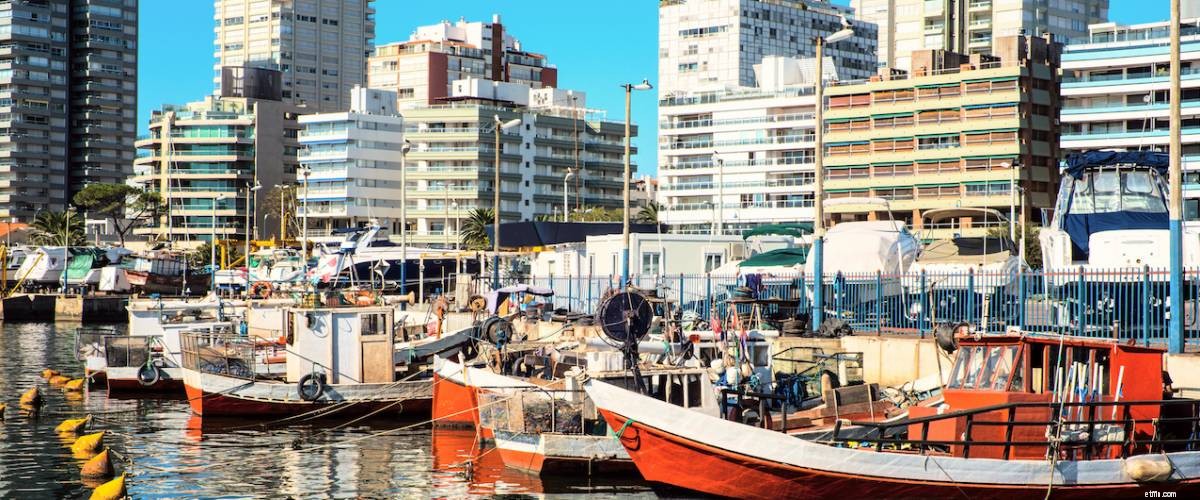
One option to retire in Uruguay is to apply for the rentista visa.
To get one, a single applicant should have a monthly income of about $1,500, plus enough money to cover any dependents.
Uruguay also has a retirement visa that will allow you to import a car and household items duty free, and even apply for a Uruguayan passport.
This visa also has some potential restrictions, so it’s best to contact a Uruguayan lawyer to help you apply.
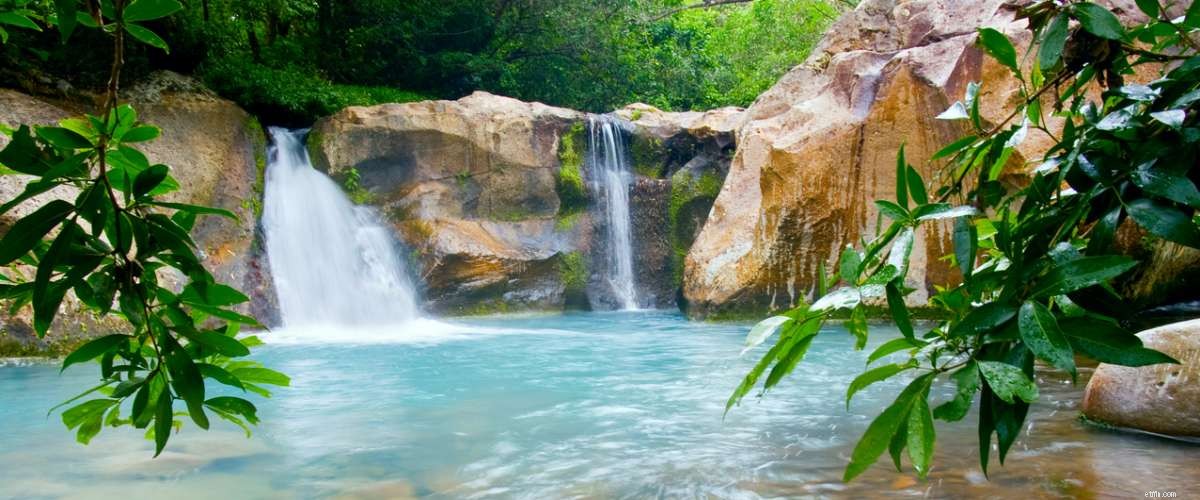
Costa Rica is one of the most popular retirement destinations for Americans thanks to its breathtaking scenery, affordable and healthy lifestyle, and welcoming people.
In temperate San José and the Central Valley, a couple can live well on $2,000, with an airport, shopping and hospitals nearby. The Nicoya Peninsula offers beach life on a budget, while the city of Atenas has all the amenities you’ll ever need.
In Atenas, a three-bedroom apartment rents for a little over $400, Numbeo says, and a three-course dinner for two costs just $25.
Health care also is affordable in Atenas, which has a public health clinic, pharmacy and emergency room. Some expats choose to pay $75 to $150 for full coverage under Costa Rica's national public health insurance system known as Caja.

Retirees receiving pensions of $1,000 per month can gain a one-year residency under Costa Rica’s pensionado program.
A married couple need to receive only $1,000 in pension income under either spouse’s name. After three years of temporary residency, you can apply for permanent residency.
If you don’t have a pension, you might qualify for the rentista chương trình. You’ll need to prove you will receive $2,500 per month of unearned income for two years, so that you won't need a job in Costa Rica.
The most common way to comply is with a letter showing that you have $60,000 in a bank account and intend to withdraw $2,500 per month for 24 months.
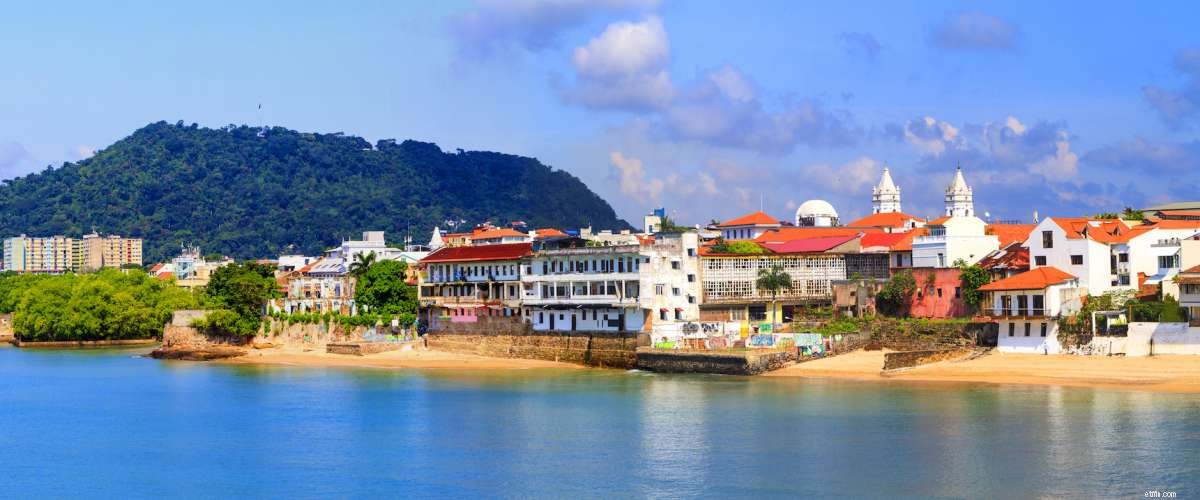
Our top choice, Panama, has it all:bustling city life; a beautiful, ecologically diverse climate; quality medical care; and the iconic Panama Canal. Most people speak English as their second language, after Spanish.
Located just a short flight from Miami and close to the Caribbean, this Central American nation is a great base for traveling throughout the region.
Panama City is surprisingly affordable:Renting a one-bedroom apartment in the city center costs about $960 a month, while the same size living space farther out goes for about $625 a month.
You can save some money by living without a car. The city is very walkable, and public transportation costs a one-time fee of $2 for a rechargeable card and then just 35 cents per ride.
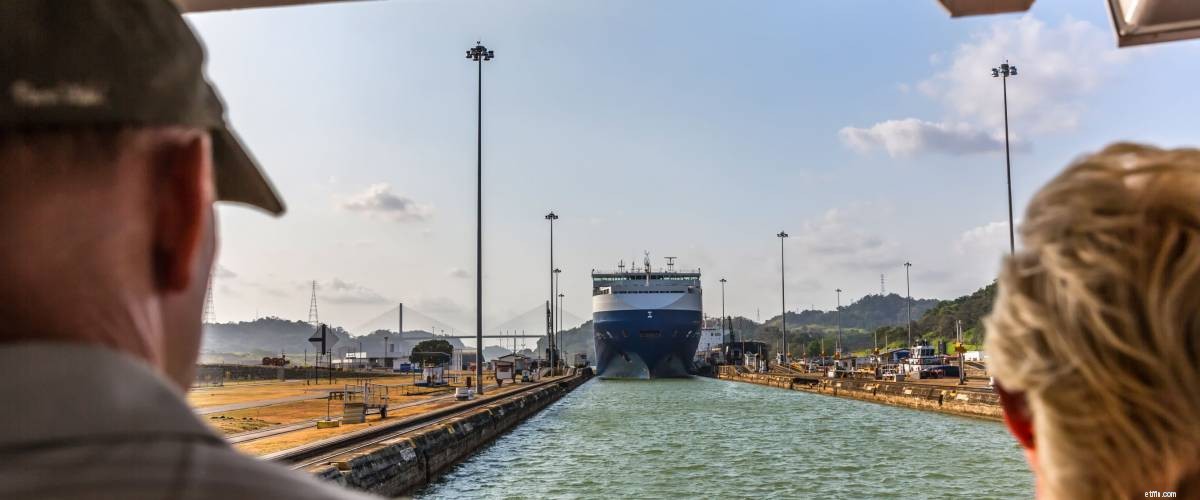
Panama has an amazing retirement (pensionado ) program that subsidizes medical care and expenses, property taxes and car taxes, and offers many other benefits for retirees of any age .
To gain residency, all you need is proof that you're receiving a minimum $1,000 monthly pension from back in your home country.
With all these perks, it’s hard to find a reason not to retire in Panama!
More: Personal Capital offers free financial and money management tools so you can retire with control and comfort.